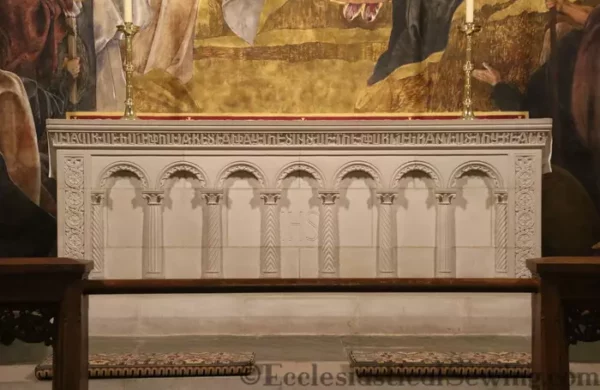
Good Friday Liturgical Art
Good Friday Liturgical Art. The story of Joseph of Arimathea’s honorable burial of Jesus.

Good Friday Liturgical Art. The story of Joseph of Arimathea’s honorable burial of Jesus.
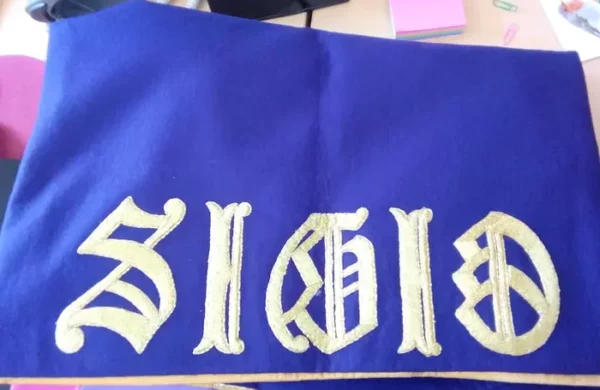
Ecclesiastical Sewing has a request to identify an embroidery design on a UK church’s altar frontal. The only clue is a label mentioning Thomas Brown and Son of Manchester, known for church embroidery in the early 20th century.
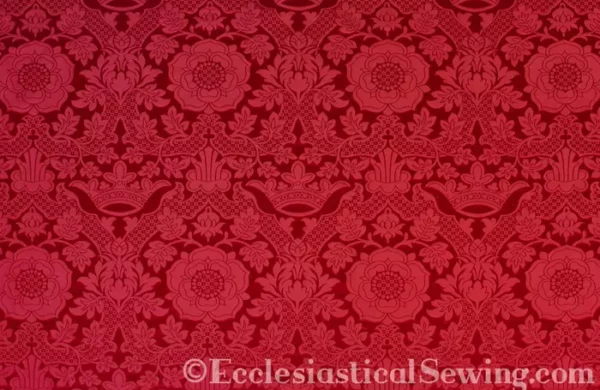
Red is the traditional color for Pentecost vestments, and among my favorite “red” options are fabrics like the St. Margaret Brocade, showcasing a bold pattern with a Tudor Rose and Crown. This liturgical brocade is available in solid red and two-toned variations, including the fiery red/gold option in the Fairford Brocade. Another excellent choice is the Red Lichfield Brocade, offering a rich hue perfect for Pentecost. Additionally, there’s the Luther Rose Brocade, Ely Crown, Silk Dupioni, and more in vibrant red tones.
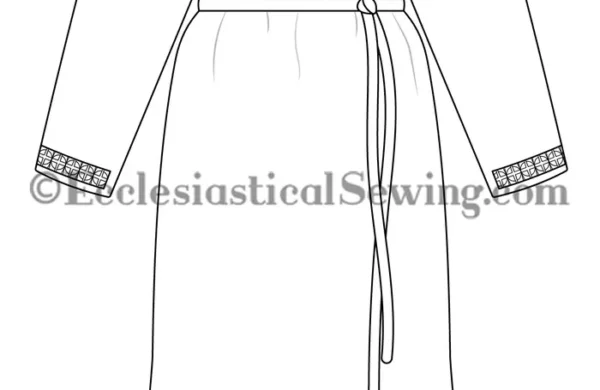
The Alb is worn over the cassock and amice. It has the traditional narrow shoulder yokes, narrow band collar, front opening, sleeves that taper at the wrist, and a full skirt with side godet inserts. The Alb sewing pattern also has apparel details at the sleeve edge and hem. The Vintage Linen Alb Sewing pattern will require between 5.5 and 6.5 yards of 60″ wide fabric. The Alb could be made with the white Carlisle fabric as well for those who require to wear it.
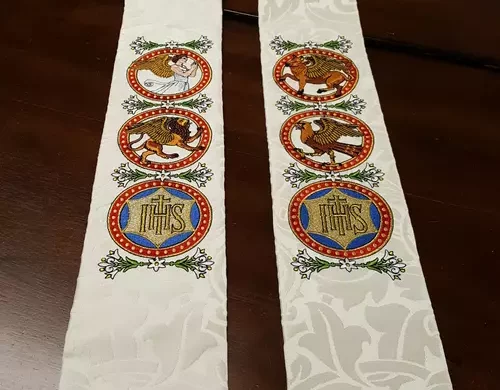
The Evangelist stoles have been termed by some as a “teaching stole.” Pastors and Priests have used the stole symbols as a way to teach about the four Evangelists – St. Matthew, St. Mark, St. Luke, and St. John. These symbols for the Evangelists date back centuries in their use to teach the faith.
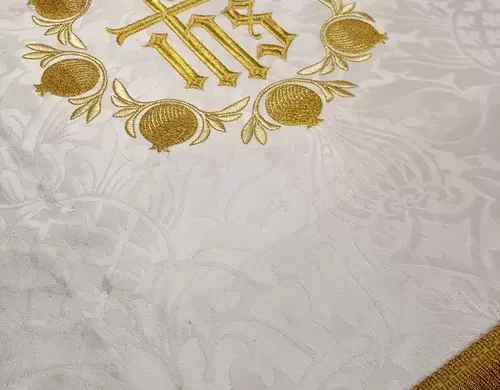
Ecclesiastical Sewing introduced a design collection entitled Dayspring. The collection features timeless and elegant designs created by our liturgical artist friend, Edward Riojas. The collection features a variety of design themes that symbolize both the Nativity of Christ and His Resurrection. The designs were gold threads stitched on white paraments and vestments, featuring designs like the IHC monogram with a rising sun, the Pomegranate design, and several others found in our various collections.
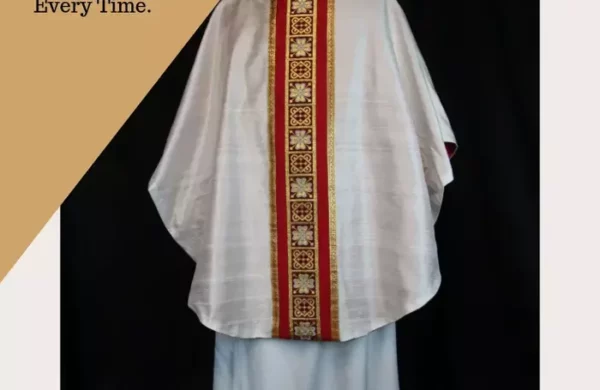
Ecclesiastical Sewing offers custom-sized church vestments for clergy members who require special fits. While standard sizes work for most, bespoke vestments cater to unique sizing needs, ensuring proper length and width adjustments for a comfortable and graceful fit. The example of a petite white chasuble illustrates the customization available, making it suitable for Easter celebrations.
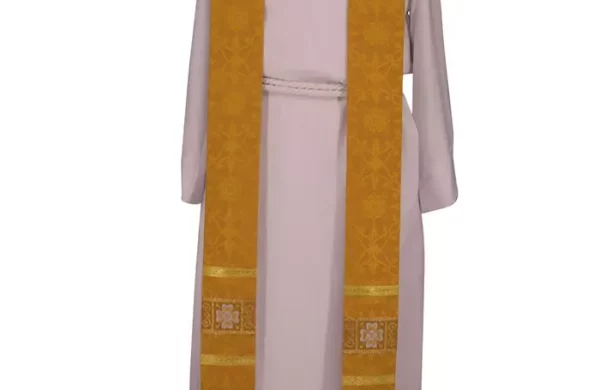
Ecclesiastical Sewing has Quick Ship Items ready for Easter! These stole collections, like Ely and Exeter, are in stock and easy to ship for last-minute needs. With brilliant gold and classic designs, they’re great for quick gifts or replacements.
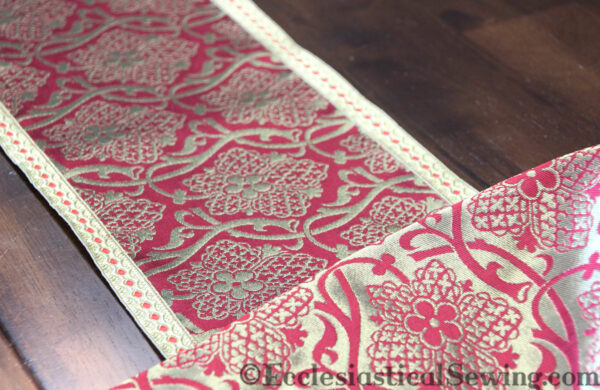
Ecclesiastical Sewing introduces new Chasuble patterns with fancy trims called orphrey bands. The blog explains orphrey bands’ history and talks about the special St. Hubert Brocatelle fabric. It shows how to choose trims and cut the fabric to make these beautiful church vestments, making the process easy to understand for everyone.
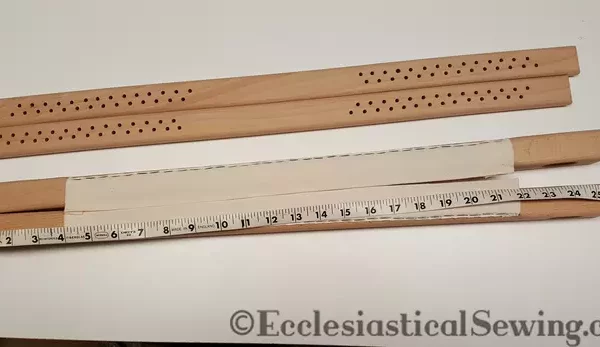
To determine the size of the frame, we measured the twill tape. The twill tape measures 18 inches long, so this is an 18-inch slate frame. This slate frame may have a piece of fabric that is up to 18 inches wide sewn to the twill tape. The sizes of the slate frames may be adjusted as needed for specific projects.
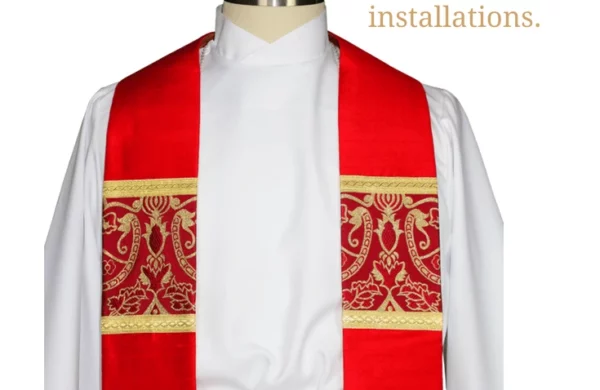
The ordination of a new pastor or priest usually involves a ceremony or special service. Many churches have a specific order of service to ordain new clergy. There is a special service to install them as the pastor or priest in their new church or parish. These are special times. And it is important to honor the calling of God’s Holy Ministers.
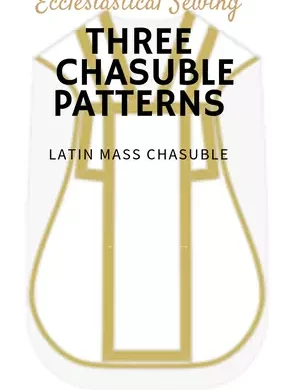
Ecclesiastical Sewing introduces three new Latin Mass Chasuble patterns, meeting requests for traditional vestments. With unique designs from vintage styles, each pattern offers distinct features, such as V-neck trim, a cross design on the back, and a set including chasuble, stole, and maniple. These patterns cater to priests and churches seeking beautiful and traditional worship attire.

The New Testament readings are of the Transfiguration of our Lord. While Lutherans Celebrate this Festival Day on the last Sunday before Lent, other church bodies celebrate the Transfiguration at different times during the church year.
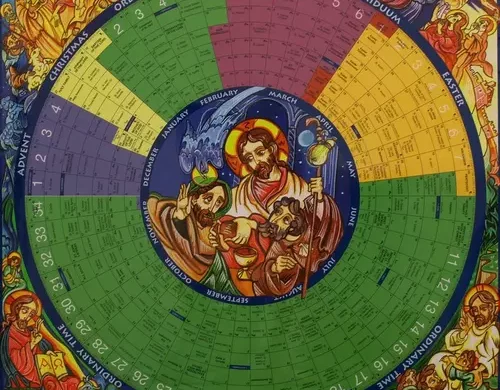
The church year is a pageant, a living connection to historic events, the communion of saints, and God’s promises. Symbols and seasons enrich our faith journey, bringing life to Christ’s unfolding story and inspiring us to be His follower in our time.

Discover the beauty of needlework at the EGA Traveling Exhibit, “Through the Needle’s Eye.” Running from January 17 to March 30, 2019, at Stevens History Museum in Morris, MN, the exhibit celebrates both traditional and contemporary embroidery. It’s a great opportunity to be inspired by the artistry of needlecraft, whether you’re an experienced embroiderer or just curious.
You must be logged in to post a comment.